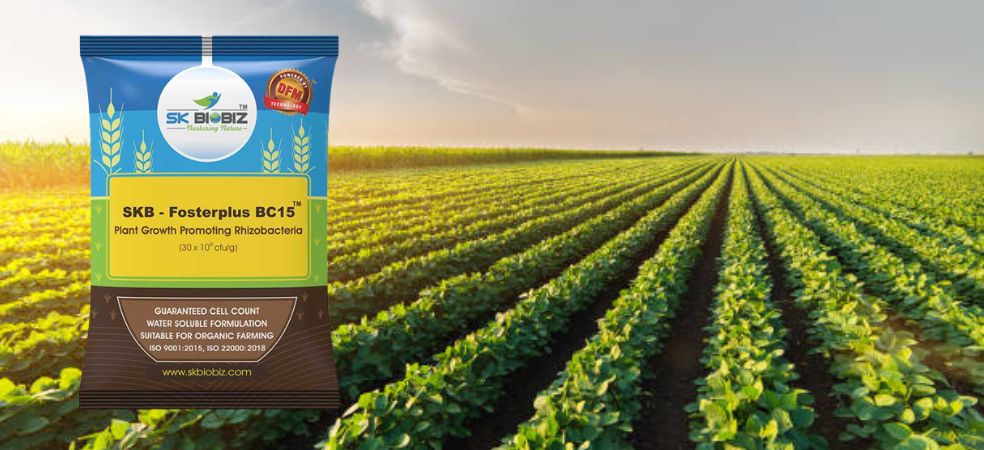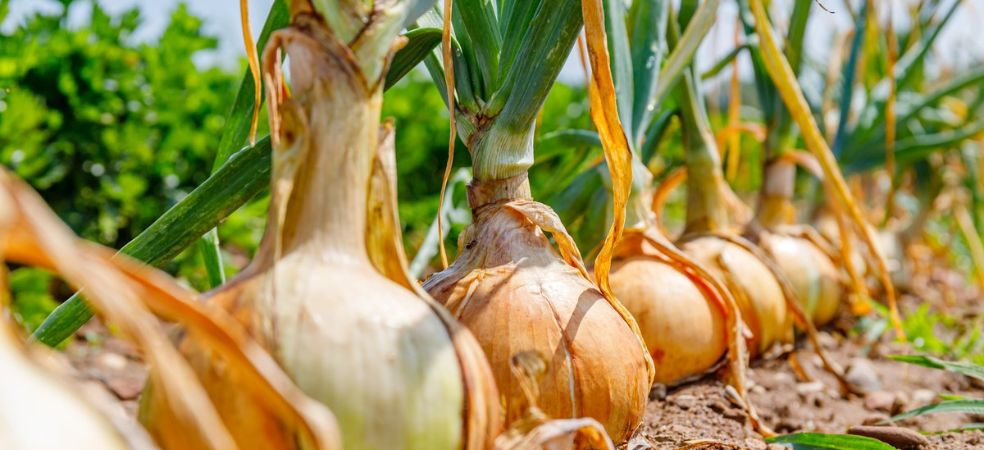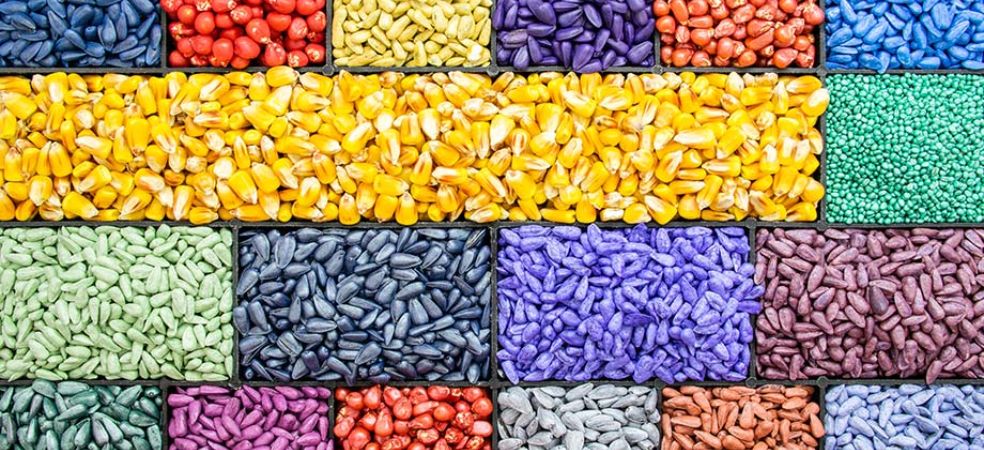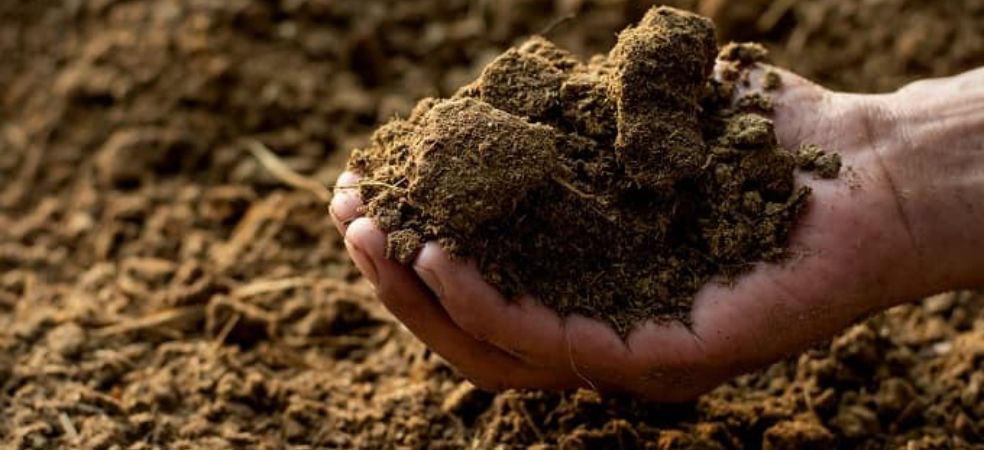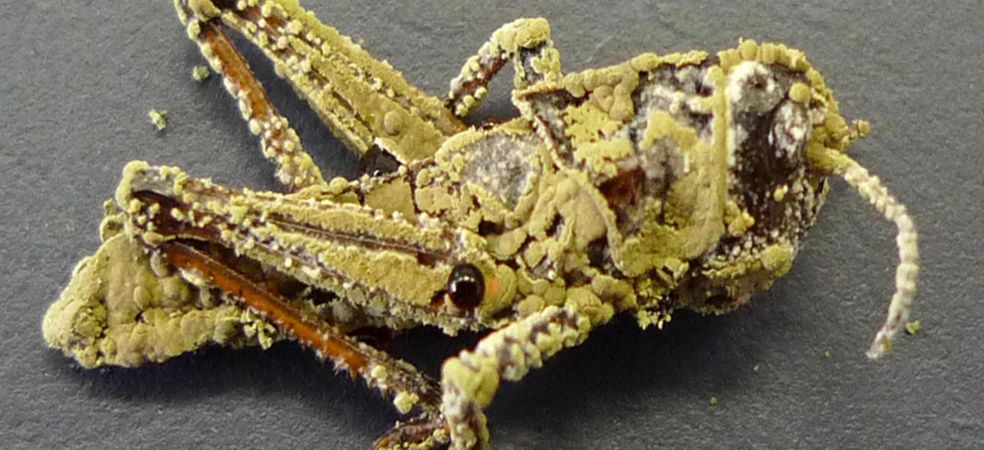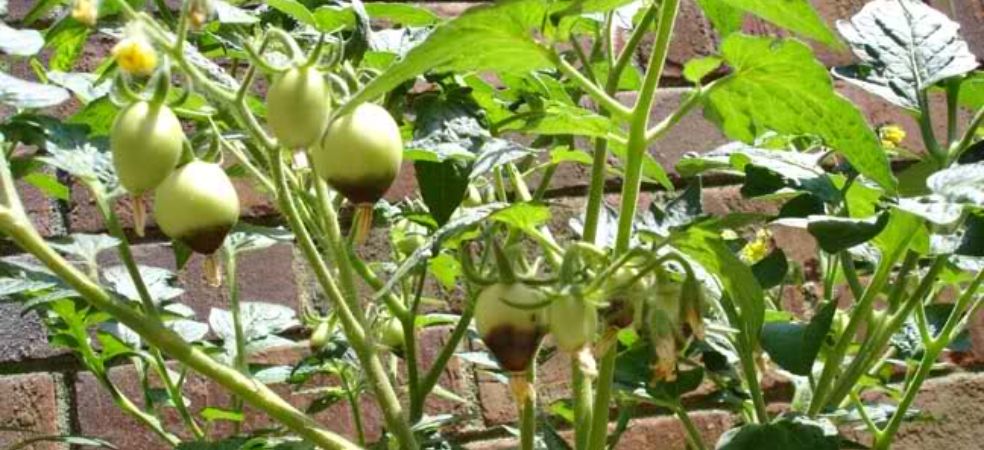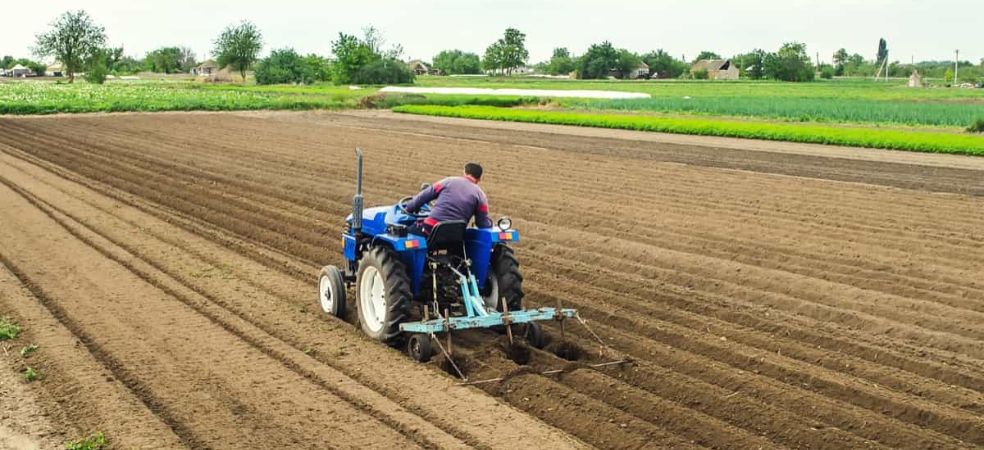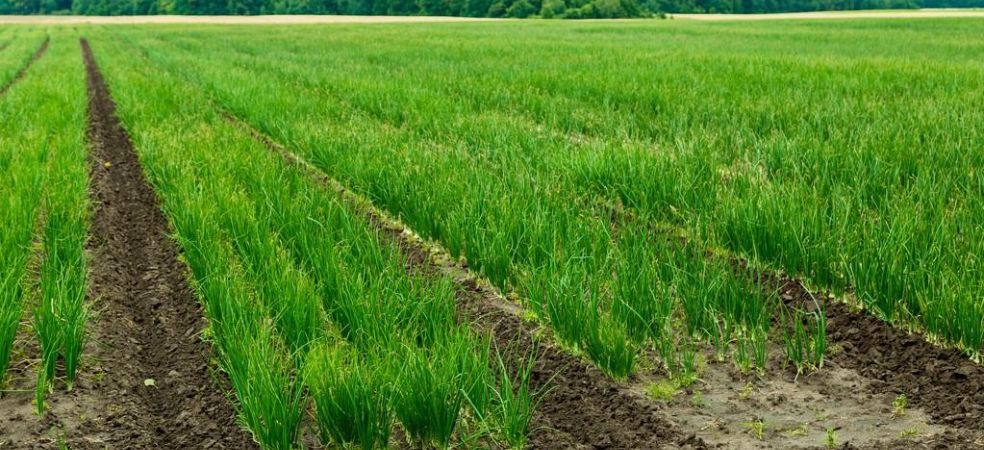-
It contains a mixture of two types of bacteria i.e. phosphorus solubilizing (PSB) and potash mobilizing bacteria (KMB).
-
It helps in the supply of potash and phosphorus which are two major elements of soil and crop, it is used more in pulses.
-
This bacteria converts insoluble potash and phosphorus that is found in the soil into soluble form to provide plants.
-
It causes the plant to get the necessary elements in time, and the crop grows well,
-
Crop production increases as well as the availability of nutrients in the soil.
ShareFor beneficial information related to agriculture and farmers, read the articles of Gramophone daily. Don’t forget to share this article with your friends using the share button below.

